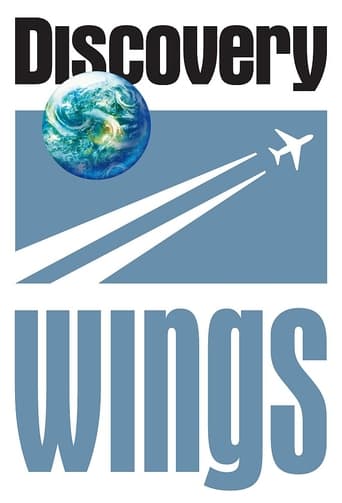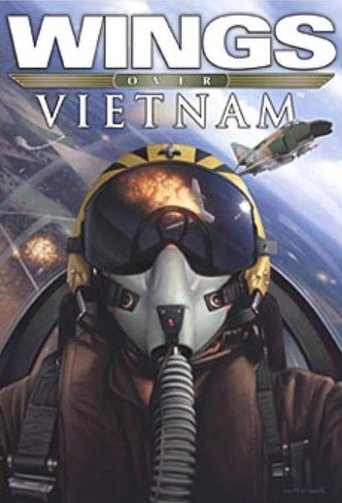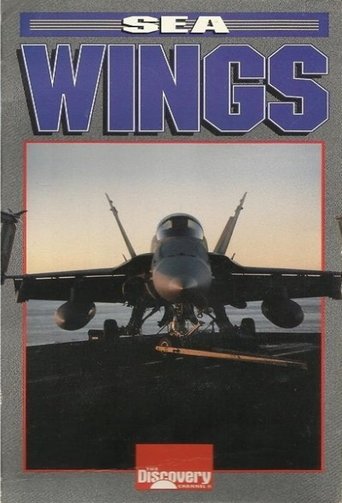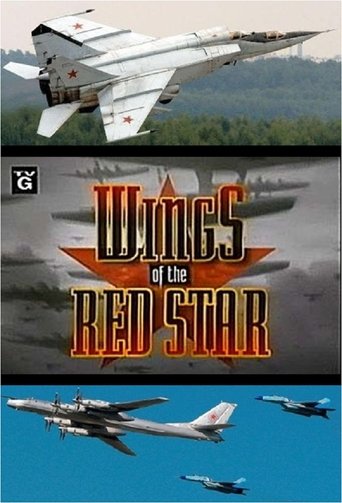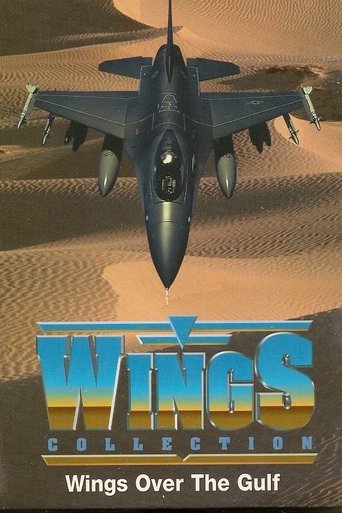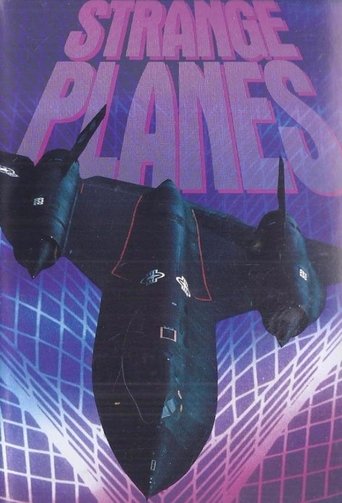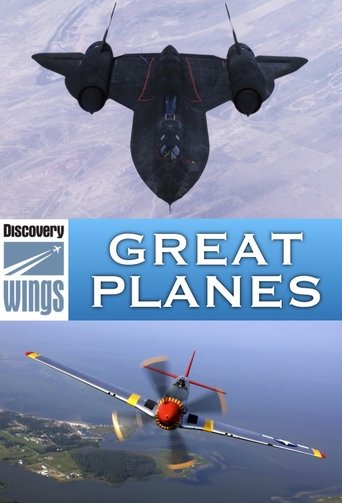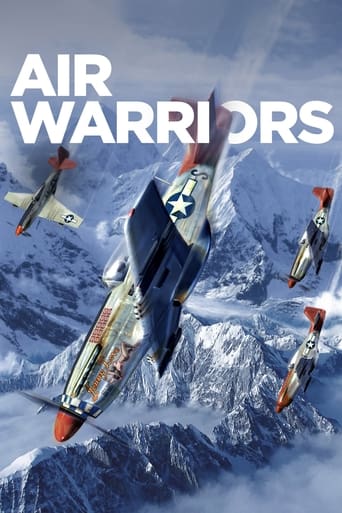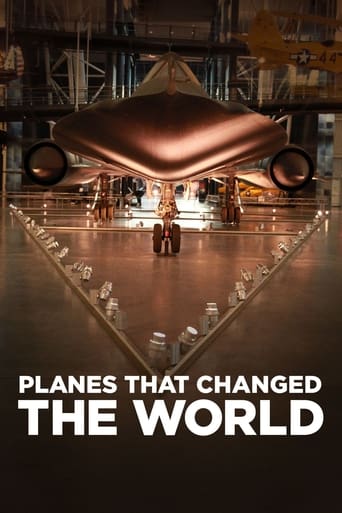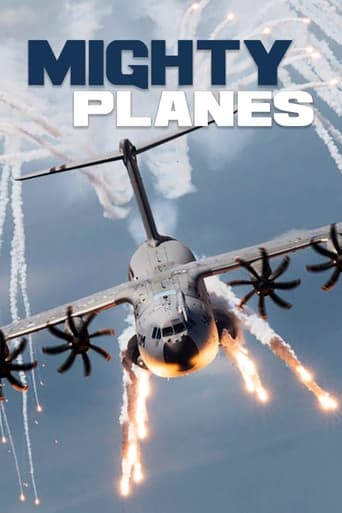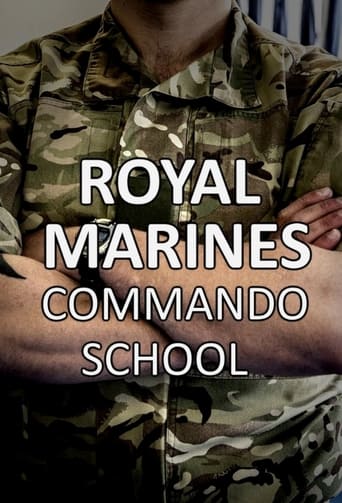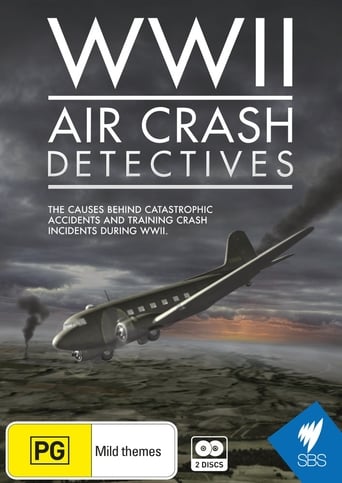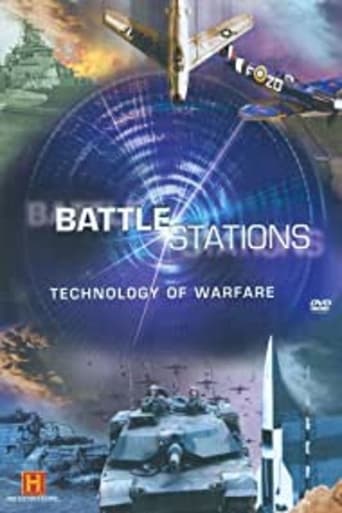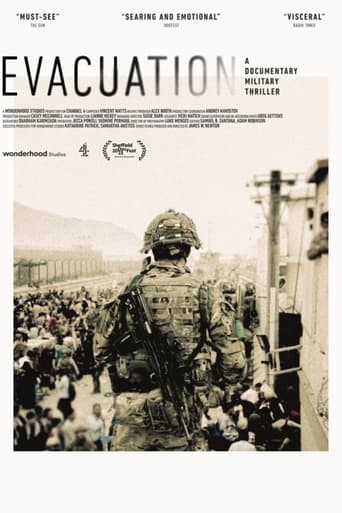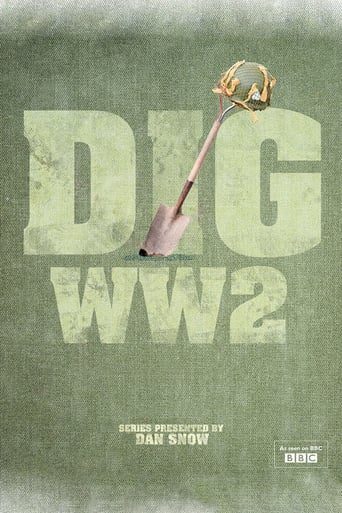Wings Season 7
With 30 Day Free Trial!
Wings
1988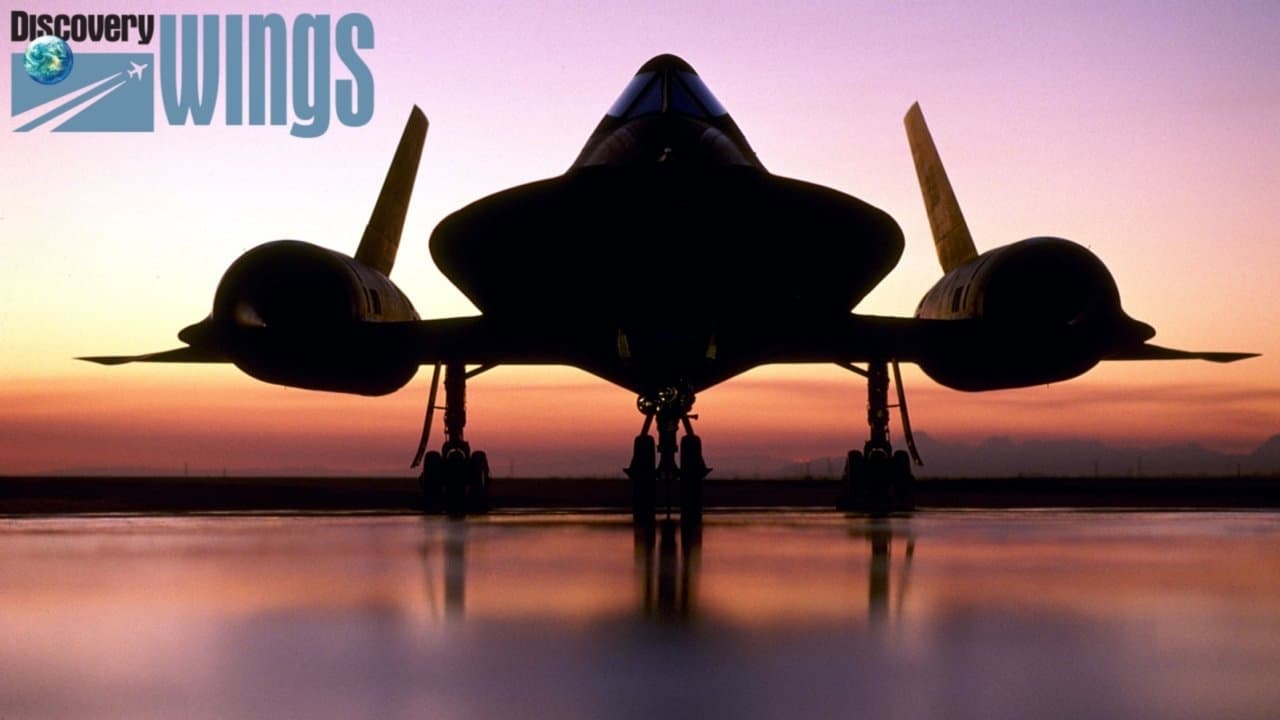
Starting in the mid 1990s, newer Wings episodes, sometimes referred to as Wings II, would focus on the history or operations of a particular foreign air force, such as the Israeli Air Force, a foreign aviation company or design bureau such as France's Dassault or Russia's Mikoyan, or the aircraft of a particular conflict such as the Korean War or the Afghan-Soviet War. These episodes, narrated by Stuart Culpepper, often had interviews with the aircrews and famed aviation historian/writer Jeffrey Ethell, the "Fighter Writer".
Watch Trailer
With 30 Day Free Trial!
Wings Season 7 Full Episode Guide
The conflict in Vietnam was often referred to as the Helicopter War. The helicopter played all sorts of roles during the Vietnam War, from transport and search-rescue to MEDEVAC and heavily armed gunships. Certainly, it was here that helicopters became most useful, but not only in what has previously been considered their only role as a transport vehicle. Before Vietnam, the helicopter was valued for its ability to evacuate wounded soldiers from trouble, but virtually ignored was its capabilities as an offensive weapon. The long war in Southeast Asia would see that change dramatically. Now they were developed into specialist fighting machines, carrying cannons and rockets.
One of the great battlefield innovations developed by the United States armed forces in its effort to defeat a skilled and often elusive enemy in Vietnam was air cavalry--light infantry deployed by helicopters. Always outnumbered, and fighting in a totally hostile environment, American soldiers had to rely on technology and new techniques to contain the enemy. The highly mobile helicopter troops who formed the Air Cavalry used quick-response techniques to counter the huge odds against which they fought daily. As a concept, air cavalry was innovative. As executed by air cavalry units, it was phenomenal, and the 1st Cavalry Division in Vietnam was the quintessential air cavalry organization. Its prominent and evolving role began in the Ia Drang Valley in 1965, and one of its greatest achievements came at Khe Sanh in 1968.
Focuses on the planes of the Pacific Theater during WWII.
Focuses on the Spitfire during the Battle of Britain
Focuses on the B-17 in the skies over Germany.
Focuses on the P-51 over WWII Germany
The Brewster F2A Buffalo is an American fighter aircraft which saw service early in World War II. Designed and built by the Brewster Aeronautical Corporation, it was one of the first U.S. monoplanes with an arrestor hook and other modifications for aircraft carriers. The Buffalo won a competition against the Grumman F4F Wildcat in 1939 to become the U.S. Navy's first monoplane fighter aircraft. Although superior to the Grumman F3F biplane it replaced, and the early F4Fs, the Buffalo was largely obsolete when the United States entered the war, being unstable and overweight, especially when compared to the Japanese Mitsubishi A6M Zero, the F2A-3 was derided by USMC pilots as a "flying coffin".
Meet the commanders of a true military legend and fight alongside the special breed of "madmen" who piloted the versatile olive drab chopper during the crucial battle in Landing Zone X-Ray. The UH-1 Huey, the most widely used military helicopter in the world, began to arrive in Vietnam in 1963. Before the conflict ended, more than 5,000 of these versatile machines were employed in Southeast Asia. The choppers were used for a variety of purposes, including MedEvac, command and control, air assault, transport of personnel and material, and as gun ships. This is an in-depth look at the role this helicopter played in Vietnam and how it came to symbolize the war itself. Meet the commanders of this military legend and hear gripping stories of the special breed of men who piloted Huey.
For more than half a century, the CIA and U.S. military have relied on a sinister-looking black jet to go deep behind enemy lines for vital intelligence-gathering missions. The most famous aircraft projects are Lockheed's U-2 "Dragon Lady" and SR-71 "Blackbird" reconnaissance planes. During the early years of the Cold War, the most effective way to gather strategic intelligence about the Soviet Union and its allies was manned overflight. Lockheed's U-2 was spectacularly successful in this role. More than 50 years after its first flight in conditions of great secrecy, the Lockheed U-2 still flies valuable reconnaissance missions around the globe.
The Sukhoi Su-25 Grach (Russian: Грач (rook); NATO reporting name: Frogfoot) is a subsonic, single-seat, twin-engine jet aircraft developed in the Soviet Union by Sukhoi. It was designed to provide close air support for Soviet Ground Forces. The first prototype made its maiden flight on 22 February 1975.
The Mil Mi-24 (Russian: Миль Ми-24; NATO reporting name: Hind) is a large helicopter gunship, attack helicopter and low-capacity troop transport with room for eight passengers. It is produced by Mil Moscow Helicopter Plant and has been operated since 1972 by the Soviet Air Force and its successors, along with 48 other nations.
The Republic F-105 Thunderchief is an American supersonic fighter-bomber used by the United States Air Force. Capable of Mach 2, it conducted the majority of strike bombing missions during the early years of the Vietnam War; it was the only American aircraft to have been removed from combat due to high loss rates. It was originally designed as a single-seat, nuclear-attack aircraft; a two-seat Wild Weasel version was later developed for the specialized Suppression of Enemy Air Defenses (SEAD) role against surface-to-air missile sites. The F-105 was commonly known as the "Thud" by its crews.
The General Dynamics F-16 Fighting Falcon is a single-engine multirole fighter aircraft originally developed by General Dynamics for the United States Air Force (USAF). Designed as an air superiority day fighter, it evolved into a successful all-weather multirole aircraft. Over 4,600 aircraft have been built since production was approved in 1976. Although no longer being purchased by the U.S. Air Force, improved versions are being built for export customers. In 1993, General Dynamics sold its aircraft manufacturing business to the Lockheed Corporation, which in turn became part of Lockheed Martin after a 1995 merger with Martin Marietta.
The McDonnell Douglas F-15 Eagle is an American twin-engine, all-weather tactical fighter aircraft designed by McDonnell Douglas (now part of Boeing). Following reviews of proposals, the United States Air Force selected McDonnell Douglas's design in 1969 to meet the service's need for a dedicated air superiority fighter. The Eagle first flew in July 1972, and entered service in 1976. It is among the most successful modern fighters, with over 100 victories and no losses in aerial combat, with the majority of the kills by the Israeli Air Force.
The Boeing B-52 Stratofortress is an American long-range, subsonic, jet-powered strategic bomber. The B-52 was designed and built by Boeing, which has continued to provide support and upgrades. It has been operated by the United States Air Force (USAF) since the 1950s. The bomber is capable of carrying up to 70,000 pounds (32,000 kg) of weapons, and has a typical combat range of around 8,800 miles (14,080 km) without aerial refueling.
The Doomsday machine, a Cold War relic with the ability to deliver nuclear devices over the former Soviet Union without detection
The McDonnell Douglas (now Boeing) AV-8B Harrier II is a single-engine ground-attack aircraft that constitutes the second generation of the Harrier Jump Jet family, capable of vertical or short takeoff and landing (V/STOL). The aircraft is primarily employed on light attack or multi-role missions, ranging from close air support of ground troops to armed reconnaissance. The AV-8B is used by the United States Marine Corps (USMC), the Spanish Navy, and the Italian Navy. A variant of the AV-8B, the British Aerospace Harrier II, was developed for the British military, while another, the TAV-8B, is a dedicated two-seat trainer.
The Boeing AH-64 Apache is an American twin-turboshaft attack helicopter with a tailwheel-type landing gear arrangement and a tandem cockpit for a crew of two. It features a nose-mounted sensor suite for target acquisition and night vision systems. It is armed with a 30 mm (1.18 in) M230 chain gun carried between the main landing gear, under the aircraft's forward fuselage, and four hardpoints mounted on stub-wing pylons for carrying armament and stores, typically a mixture of AGM-114 Hellfire missiles and Hydra 70 rocket pods. The AH-64 has significant systems redundancy to improve combat survivability.
The Bell AH-1 Cobra is a single-engined attack helicopter developed and manufactured by the American rotorcraft manufacturer Bell Helicopter. A member of the prolific Huey family, the AH-1 is also referred to as the HueyCobra or Snake.
The Fairchild Republic A-10 Thunderbolt II is a single-seat, twin-turbofan, straight-wing, subsonic attack aircraft developed by Fairchild Republic for the United States Air Force (USAF). In service since 1976, it is named for the Republic P-47 Thunderbolt, a World War II-era fighter-bomber effective at attacking ground targets, but commonly referred to as the "Warthog" or "Hog". The A-10 was designed to provide close air support (CAS) to friendly ground troops by attacking armored vehicles, tanks, and other enemy ground forces; it is the only production-built aircraft designed solely for CAS to have served with the U.S. Air Force. Its secondary mission is to direct other aircraft in attacks on ground targets, a role called forward air controller-airborne; aircraft used primarily in this role are designated OA-10.
Among the first in combat in Vietnam, the McDonnell Douglas A-4 Skyhawk flew more missions, and paid a higher price, than any other naval aircraft. It has been in service longer and seen more combat than any other fighter in America's arsenal. Like a super-charged sports car with wings, the Skyhawk endured a decade of fierce ground attack to become one America's longest-serving combat planes in operation today. In-between catapulting off the air craft carrier Oriskany and slamming down on its flight deck, Skyhawk pilots flew thousands of low-flying, ground-strike missions braving intense flak and enemy fire in support of beleaguered GIs. Get a first-hand aerial perspective on the Vietnam War from the fighter pilots, deck crews and commanders who were there. Experience dramatic tales of bravery and brutality from POWs, including retired admiral James Stockdale and U.S. Senator John McCain.
Free Trial Channels
Seasons


